Tensor fasciae latae muscle
What is the Tensor fasciae latae muscle?
Tensor fasciae latae is a fusiform muscle found in the lateral part of the thigh. Along with the gluteus maximus, gluteus medius, and gluteus minimus muscles, it is one of the muscles in the gluteal region.
Tensor fasciae latae travels from the anterior part of the iliac crest to the superior part of the tibia, where it inserts through the iliotibial tract, and is superficially located in the anterolateral portion of the thigh. The major role of this muscle is to create the extension and lateral rotation of the leg on the knee joint. Also, it contributes to the motions of the thigh, working as a fairly weak abductor and medial rotator on the hip joint.
Origin of Tensor fasciae latae muscle
The anterior portion of the iliac crest and the anterior superior iliac spine (ASIS) are the sources of the TFL. It descends between and connects the IT band’s deep and superficial fascias (5 cm in width). The TFL slips on the anterolateral part over the thigh, running superficially to the greater trochanter of the femur.
Insertion of Tensor fasciae latae muscle
It inserts distally to the IT band, which is involved in the fascial aponeurosis of the gluteus maximus and the tensor fascia latae. The IT band then attaches to the tibial lateral condyle, specifically the Gerdy tubercle, along the lateral aspect of the thigh.
Relations
The tensor fasciae latae muscle is the most superficial muscle on the anterolateral part of the thigh region. It is immediately beneath the skin, lateral to the hip joint. The gluteus minimus muscle is covered by the tensor fasciae latae, which is located between the sartorius and gluteus medius muscles in its superior aspect. The muscle is located between the two layers of fascia lata as the thigh descends.
Because of its shallow position, this muscle is effortlessly touched. This is normally performed at the area found somewhere between the anterior superior iliac spine and the greater trochanter of the femur.
Innervation
The superior gluteal nerve (L4-S1), a branch of the sacral plexus, supplies the innervation.
Blood supply
The ascending portion of the lateral circumflex femoral artery vascularizes the tensor fasciae latae muscle.
Function of Tensor fasciae latae muscle
The primary task of the tensor fasciae latae is to support the strain of the iliotibial tract. The femur is put under a significant amount of bending stress when the femoral shaft meets the pelvis by an angled pressure from above. Tensor fasciae latae and hip abductors help stabilize the bone and counteract the pressure from the opposite side (tension banding effect). In addition, the hip joint undergoes abduction, flexion, and internal rotation when the muscle is activated.
External rotation of the leg at the knee joint is also caused by contraction of the tensor fasciae latae muscle. Additionally, it weakly extends the leg when the angle of flexion is less than 20 degrees, and it weakly flexes the leg when there is a degree of flexion greater than 20 degrees.
Last but not least, the TFL stabilizes the knee and hip joints.
Clinical relations
A bursa is situated between the iliotibial tract and the lateral condyle of the tibia securing the band from the basic femur. However, an inflammation of the bursa known as iliotibial band syndrome can be caused by excessive strain and increased tendon activity.
This condition is especially common in endurance athletes like joggers and cyclists who have leg deformities like the genu varum or flat foot. Patients exhibit a short, overly tense iliotibial tract clinically, swelling above the lateral condyle of the tibia, and leg pain that intensifies with movement.
Tensor Fascia Latae muscle pain
Pain in the TFL muscle can be caused by a variety of factors, including overuse, injury, or postural imbalances. Common symptoms of TFL muscle pain include aching or burning sensations in the hip, thigh, or knee region, as well as stiffness and limited range of motion.
To alleviate TFL muscle pain, some strategies include:
- Rest: Avoiding activities that exacerbate the pain can help alleviate symptoms.
- Ice or heat: Using ice or heat on the TFL muscle area can help reduce inflammation and relieve pain.
- Stretching: Gentle stretching of the TFL muscle and surrounding areas can help relieve tension and reduce pain.
- Massage: Soft tissue massage or trigger point therapy can help release tension in the TFL muscle and promote healing.
- Physical therapy: A physical therapist can help develop a customized exercise program to strengthen the TFL muscle and address any underlying postural imbalances or weakness.
It’s important to note that if your TFL muscle pain is severe or persists despite home treatment, you should seek medical attention to rule out any underlying conditions or injuries.
Assessment
Power
For grades 5, 4, and 3, the power test for the TFL is performed side-to-side with the hip in 45 degrees of flexion; for grades 2, 1, and 0, it is performed in a long sitting position.
The specialist is arranged behind the patient with one hand put at the horizontal surface of the highest thigh promptly over the knee, given descending tension, and the other hand at the iliac crest for mobility. The patient is asked to abduct in the face of opposition.
Palpation
In muscle power testing, palpation of TFL can be performed in any of the aforementioned starting positions. One hand is set at the horizontal side of the thigh promptly over the knee while the other hand is set at the proximal anterolateral thigh and the patient is told to abduct(move the limb being tried away from the contralateral limb) the limb being evaluated. At the motion’s end, TFL can then be easily palpable.
Special test
Tensor Fasciae Latae (TFL) and iliotibial band (ITB) tightness, contracture, or inflammation are assessed by Ober’s test. Two additional tests that are frequently used to identify iliotibial band syndrome are Noble’s test and the Renne test.
Tensor fasciae latae muscle stretching
Seated TFL stretch
The goal of this exercise is to loosen up the hip flexors. The objective hip is the leg that is flexed. To support your body, sit with the non-target leg straight out in front of you. Twist the objective knee so the lower leg is behind you. To stretch your target hip, lean back with the support of your hands and push it forward. Lean forward to rest after holding for 3-5 breaths. Repeat as necessary.
Banded TFL stretch
The anterior hip is stretched with this stretch. The objective hip will be the path leg. Begin by circling a weighty strength band around the path leg’s hip and mooring it down to a steady object before you. Allow the band to pull the trail hip forward by turning it inward by about 20 to 25 degrees. By lifting your arms in the air, you can create a stretch deeper. As needed, hold for 3-5 breaths or 30-60 seconds.
Tactical frog
Internal rotation is a challenge in this hip mobility exercise. On a mat or soft flooring, begin on your knees or elbows. Your spine should remain neutral and your knees should be at least shoulder distance apart. Hold for up to five seconds while rotating both thighs inward as far as you can (your feet will rotate away from the body). By performing both legs simultaneously, movement compensation such as hip hiking or side crunching of the torso is prevented.
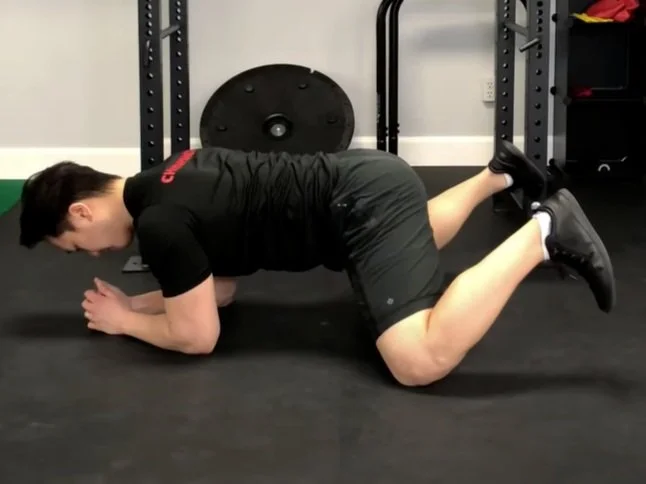
Nike stretch
This is a hip mobility activity that utilizes the winding fascial line to focus on the hip flexors and abs. Begin by sitting with one knee bent to the side and one leg straight in front of you. Recline by supporting your body with your elbow and arrive at the back with the arm on a similar side of the bowed knee.
Tensor fasciae latae muscle strengthening exercise
Side-lying hip abductions
This exercise is utilized to boost the hip abductor muscle group. During this exercise, you should be able to feel the muscles of your outer hip. Make sure your thigh is in line with your torso for good form (having it slightly in front of the torso is a common error). Lift one leg straight up toward the ceiling while wrapping a band around the leg. To extend the leg as much as possible, keep the toes straight and push the heel away from the body. Raise and stand firm on the top footing for 1-2 seconds then, at that point, bring down the leg at a rhythm of 2-4 seconds.

TFL self-massage
Using a massage or lacrosse ball, this self-massage technique targets the Tensor Fascia Latae muscle.

Hip scour
This is a powerful warm-up practice for the hip muscles. For added stability, you could use your hands to hold onto something solid. In front of you, raise one leg off the ground and bring the knee up toward your chest. Abduct and fully extend the hip simultaneously, then return the leg to a standing position.
Seated banded hip internal rotation
This is a hip internal rotation boosting activity. Squeeze a yoga block or foam roller while seated on a bench or chair with your knees bent in front of you. Circle a small scale band around the two feet. Turn one leg into an internal rotation and keep the other leg established on the floor. Turn your thigh maximally and hold the muscle compression for 5-7 seconds before resting. To prevent your pelvis from lifting, ensure that your butt remains planted on the seat. The movement will be isolated to the hip joint thanks to this.
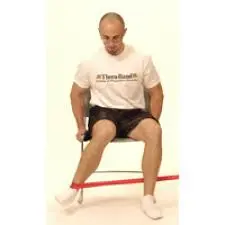
Standing side kicks
This is a strengthening exercise for the hip abductor that can also be used to separate hip motion from spine motion. To begin, stand while supporting yourself with a pillar, wall, or tall chair to maintain a neutral spine throughout the exercise. While aiming for maximum muscle range and contraction, raise one leg straight to the side. During this exercise, avoid allowing your leg or thigh to move forward or backward to ensure that you remain in the frontal plane. During the exercise, ensure that your torso does not do a side crunch to maintain a level pelvis.

Supine banded hip internal rotation
The internal rotators of your hips are the focus of this hip-strengthening exercise. To ensure that we can exercise our full range of motion without having to compensate in another area, we isolate the hip and low back in this position. Rest face up with your hips and knees flexed to 90 degrees. To stabilize the lower body, compress a foam roller between your knees. To provide resistance, wrap a small band around each foot. Rotate your thigh inwards (the foot will create some distance from the body) and feel the muscles of your external hip agree. Plan to arrive at 45 levels of hip inner rotation.
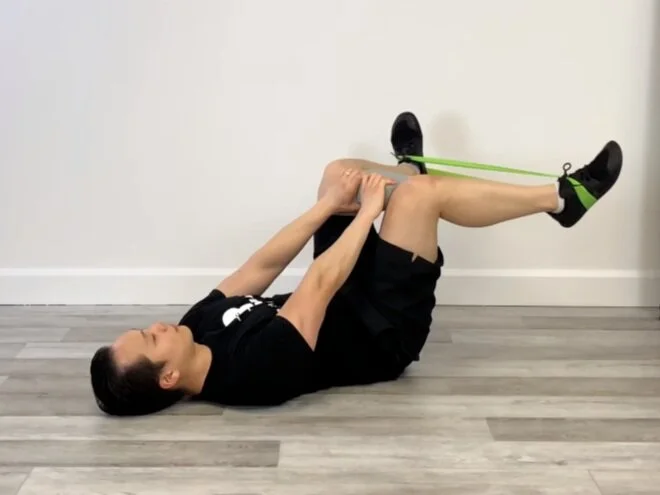
Knee-to-heel taps
The conventional 90/90 hip mobility exercise has been modified for this. Sit in a seated position with your knees bent and hands and feet slightly wider than shoulder-width apart. To begin, move one hip outward until it reaches the ground, then move the other hip inward until the knee touches the heel of the other leg. Return to the beginning and switch sides.
90/90 hip switch
This is a mobility exercise for internal and external hip rotation. With your knees bent in front of you and your feet wider than shoulder-width apart, sit on the ground. Rotate one leg in an internal and one in an external direction. If necessary, you can reposition your body so that your thighs are 90 degrees apart.
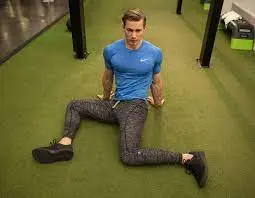
Anterior hip capsular glide
This is a mobility exercise for internal and external hip rotation. With your knees bent in front of you and your feet wider than shoulder-width apart, sit on the ground. Rotate one leg in an internal and one in an external direction. If necessary, you can reposition your body so that your thighs are 90 degrees apart.
Banded side kicks / Banded hip abductions
In the frontal plane, this is a strengthening exercise for the hip abductors. Rests on your side with the two knees straight and a little band circled your legs simply over the lower legs. Raise the top leg straightforwardly to the side without turning the pelvis or leg advances or in reverse. Go for the greatest reach and stand firm on the top foothold for as long as 2 seconds before bringing it down.
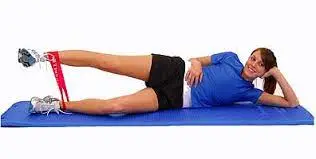
Runners wall ball iso hold
This is an exercise for hip stability. Place a Stability Ball between your non-target hip and the wall to get started. Press your hip into the ball while raising the leg that is not the target off the ground. To complete a repetition, hold for up to 5 seconds before lowering the leg.
Internal rotation hip abductions / Side-lying side kick
Strengthening the hip abductors, which are also liable for turning the hip inward, is the goal of this hip-strengthening exercise.
Hip hitch
This is a stability and strengthening exercise for the hip abductor. Begin by standing on the edge of a step or plyo box with one leg suspended in the air the non-target leg. By bringing the pelvis closer to the floor, lower the suspended leg. During this exercise, keep the knees of the stance legs straight. During this exercise, the muscles that are being worked on are the stance legs and hip abductors. When you reach the end of the range, activate the hip abductors on the stance leg and raise the pelvis of the suspended leg toward the ceiling. Keep the spine as neutral as conceivable to confine the hip muscles from the spinal lateral flexors.
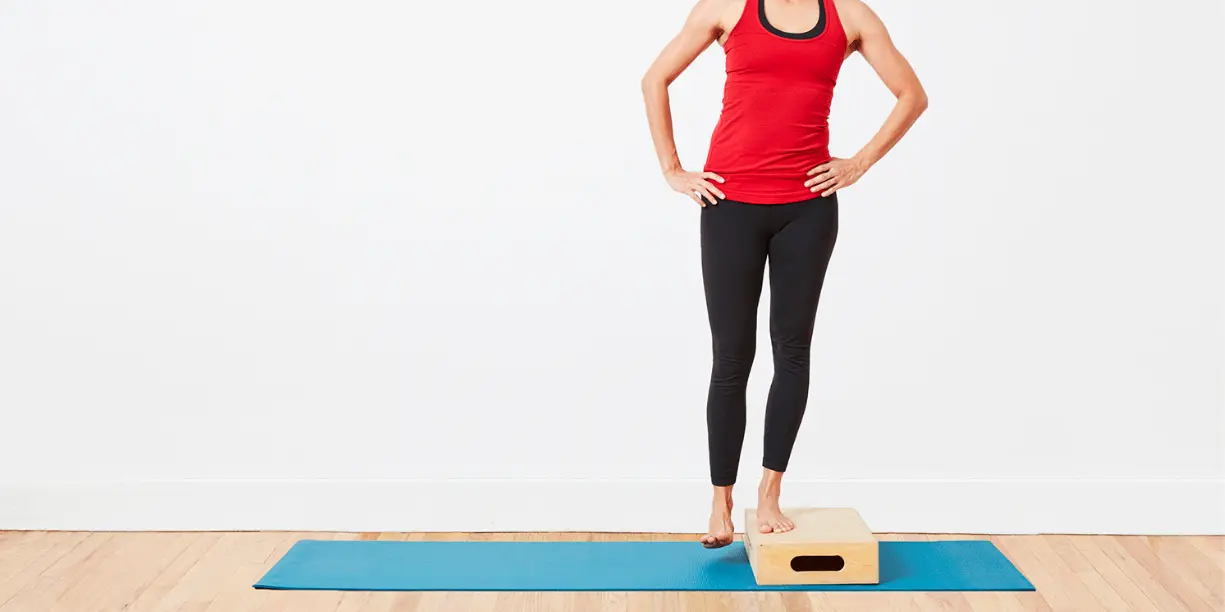
Side lick wall slide
In the frontal plane, this is a strengthening exercise for the hip abductors. Rests on your side with the two knees straight and a towel secured to the wall with your heel. Raise the top leg straightforwardly to the side without turning the pelvis or leg advances or in reverse while applying strain once more into the wall. Go for the greatest reach and stand firm on the top foothold for as long as 2 seconds before bringing it down.
RNT abduction split squat (trail leg)
This is a receptive neuromuscular preparation practice for the hip abductors of the path leg in a split squat. To begin, wrap a pullup assist band around one knee and secure it to a stable object on the opposite side of the body at knee height. From here complete a normal split squat while keeping your feet and hips squared forwards.
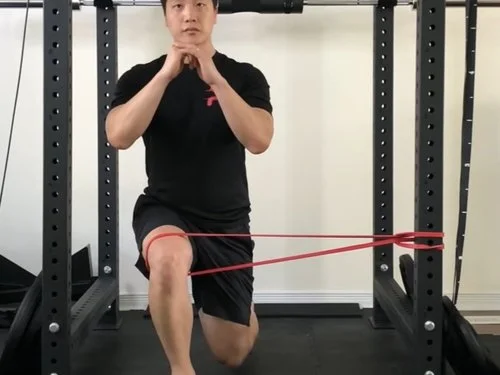
FAQ
Why is it hurting in my tensor fasciae latae?
A muscle strain or tear is what causes an injury to the TFL. Numerous runners have experienced TFL tear or strain due to the TFL’s predominant one-sided bearing of weight, which provides pelvic stability.
What does tensor fasciae latae torment feel like?
Tightness and trigger points in the tensor fasciae latae can cause pain in the hip joint and the anterolateral portion of the thigh that can go all the way to the knee. This pain can feel like deep hip pain and can be made worse by walking or lying on the side that hurts.
How do you treat sore tensor fasciae latae?
Begin by bending your right knee while lying on your back. Get the bowed leg over the left knee and pull with your left hand. Keep this position for ten to thirty seconds. The gluteus medius, gluteus minimus, and tensor fascia latae muscles are stretched during this exercise.
If you have a weak TFL, what happens?
The brain frequently recruits TFL, sometimes in conjunction with piriformis, when gluteal muscles are weak. This can make sciatic-like symptoms worse over time. This persistent shortening of the TFL has the potential to eventually pull on the IT band, resulting in ITB syndrome or pain in the knee.
Is sciatica possible with TFL?
Disused or weak glute muscles lead to abuse of the piriformis muscle to settle your hip. You experience piriformis pain from the abuse, which can incorporate sciatic pain (shooting ache in your hip and additionally down the rear of your leg).

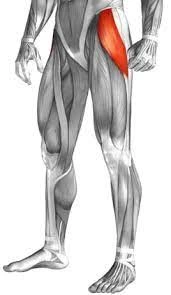

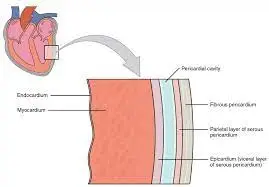
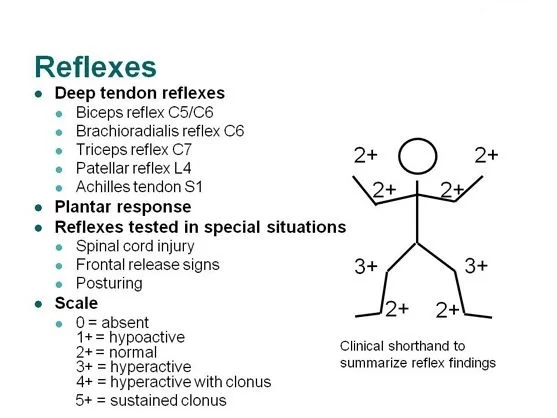
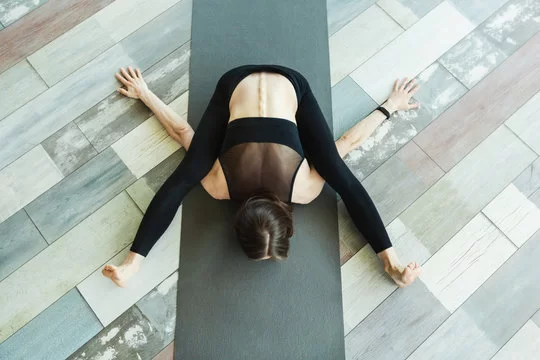
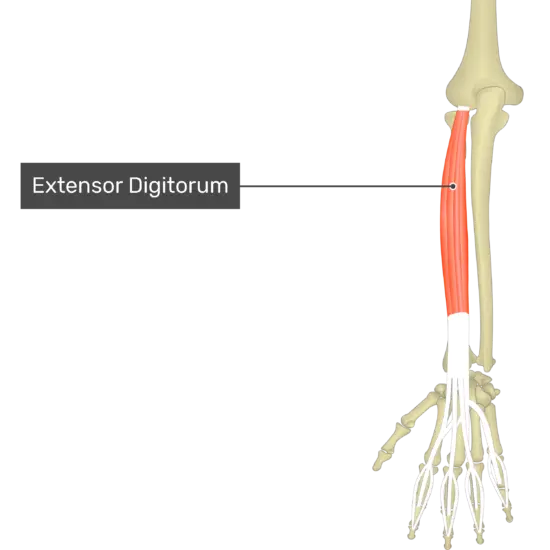
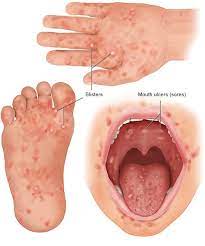
5 Comments